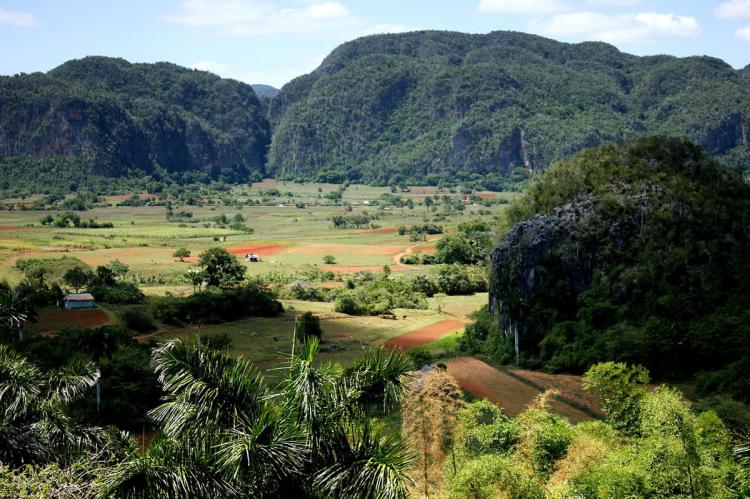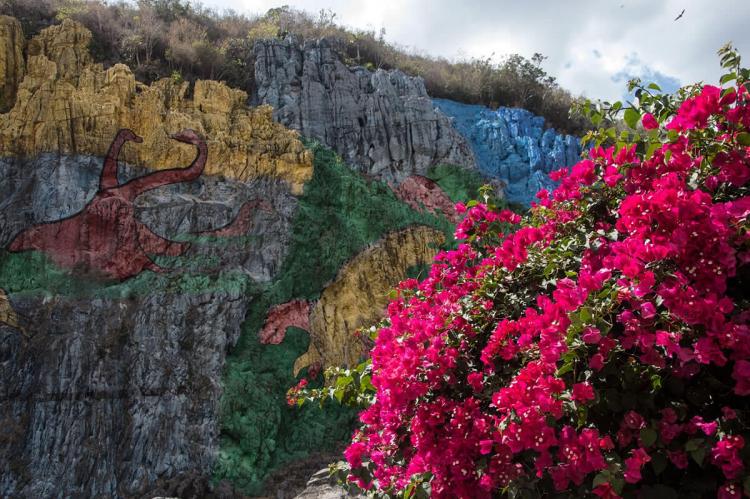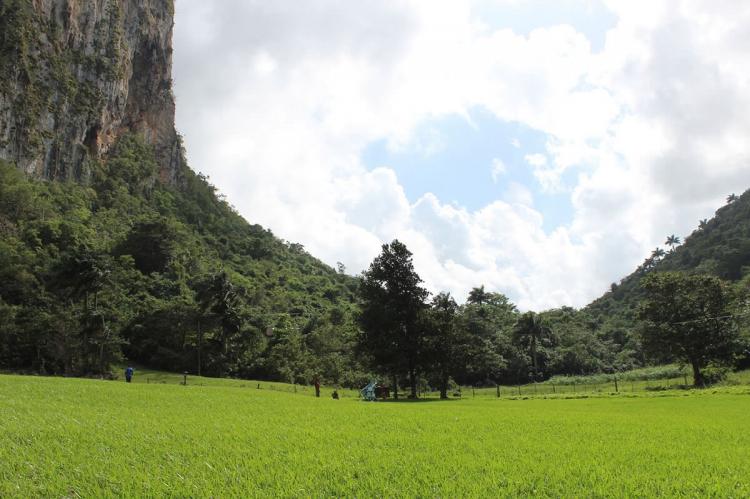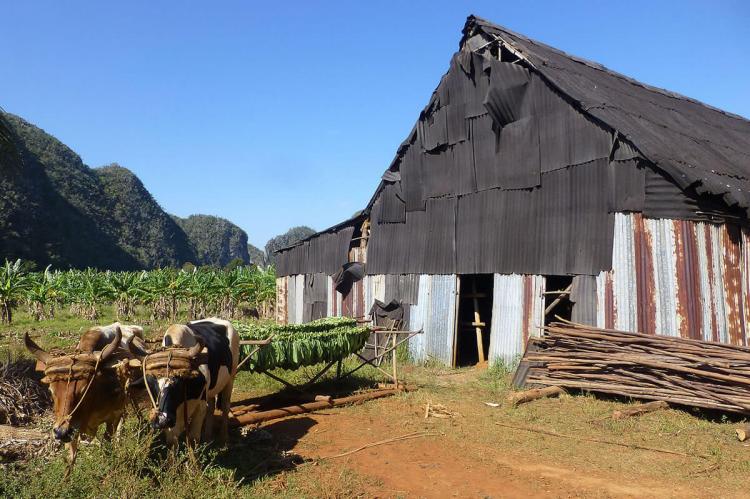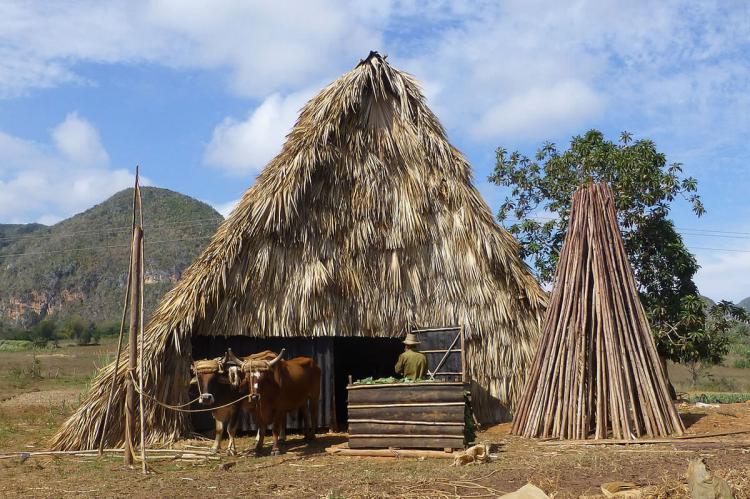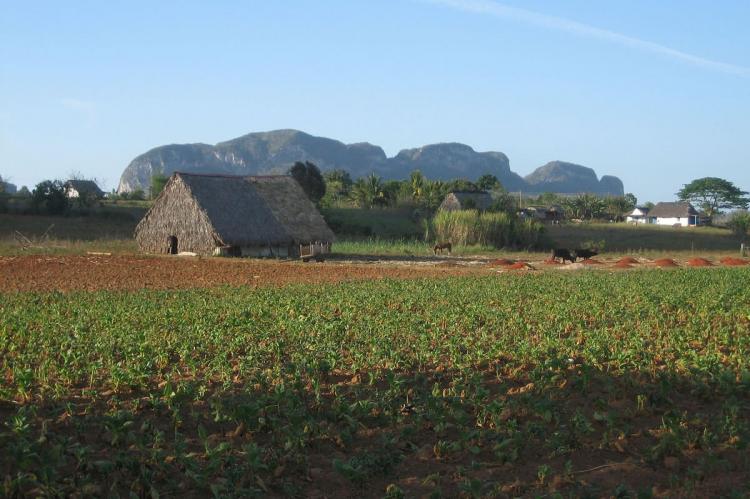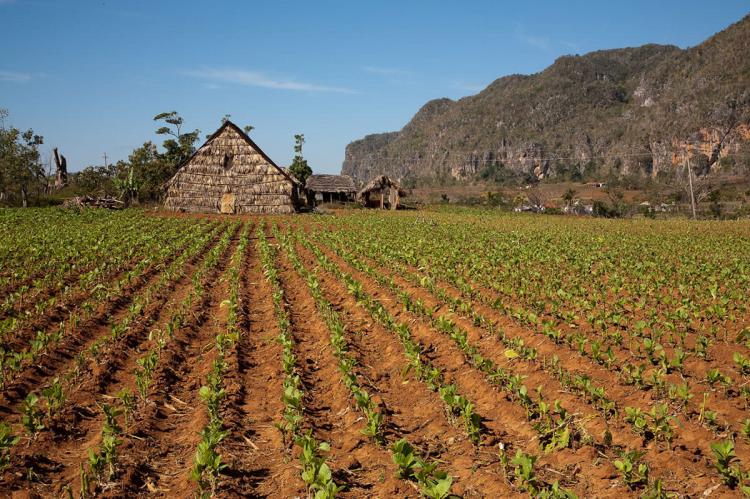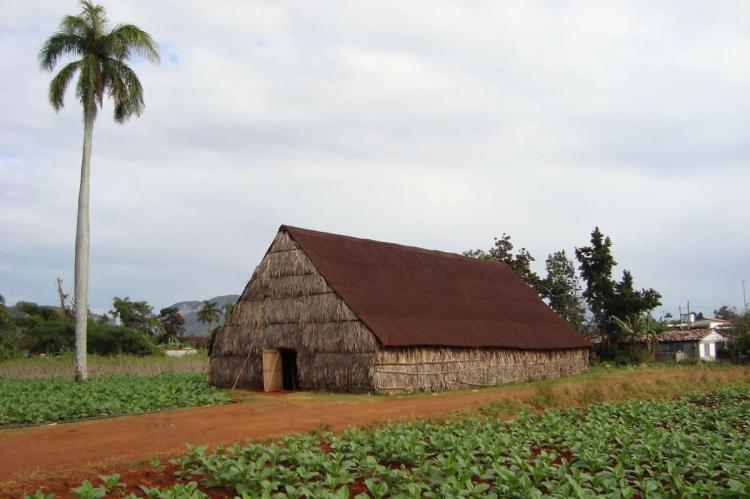Viñales Valley: Viñales National Park (Cuba)
Viñales Valley, in far western Cuba, exhibits an outstanding karst landscape, encircled by mountains and dotted with spectacular dome-like limestone outcrops. The valley, also a National Park, is home to an original culture who once worked the tobacco plantations.
Viñales Valley
Viñales Valley (Valle de Viñales), in the Sierra de los Organos mountains near the western end of the island of Cuba, is an outstanding karst landscape, encircled by mountains and dotted with spectacular dome-like limestone outcrops (mogotes) that rise nearly 300 m (985 ft).
The valley is a karstic depression of about 132 sq km (51 sq mi), located in the Sierra de los Órganos mountains (part of the Guaniguanico range), just north of Viñales in the Pinar del Río Province. Due to its traditional tobacco-growing techniques, it was inscribed as a cultural landscape on the UNESCO World Heritage list in 1999.
Colonized at the beginning of the 19th century, the valley has fertile soil and a climate conducive to developing stock-raising and cultivating fodder and food crops. Tobacco and other crops are cultivated on the bottom of the valley, primarily by traditional agriculture techniques, which have survived unchanged for several centuries.
Many caves dot the surrounding hill faces, including Cueva del Indio and Cueva de José Miguel. The conspicuous limestone cliffs rise like islands from the bottom of the valley.
The village of Viñales, strung along its main street, has retained its original layout and many fascinating examples of colonial architecture, primarily one-story wooden houses with porches. The lush landscape is mainly rural. Most buildings scattered over the plain are simple, built of local and natural materials and used as homes or family farms.
Viñales Valley is significant for its traditional agricultural practices related to growing tobacco. Because mechanical methods of cultivation and harvesting lower the quality of tobacco, time-honored methods such as animal traction are still used.
Cubans identify strongly with the Viñales Valley because of the beauty of the site and its historical and cultural importance. In the visual arts, various artists have transformed the valley into a symbol of the Caribbean landscape.
Viñales National Park
The karst landscape is also part of Viñales National Park. The management authority resides with the Consejo Nacional de Patrimonio Cultural (National Council of Cultural Heritage).
Flora and Fauna
Many endemic plants and animals are specific to this valley. Flora found in the region include Bombax emarginatum, mountain palm (Gaussia princeps), Ekmanianthe actinophilla, and Microcycas calocoma.
Fauna includes bee hummingbird (Mellisuga helenae, zunzún), Cuban trogon (Priotelus temnurus), Cuban tody (Todus multicolor), Cuban solitaire (Myadestes Elisabeth), and Cuban grassquit (Tiaris canorus).
